NFTRandomize: Transforming Digital Art and Collectibles – Inova Expanse
NFTRandomize: Transforming Digital Art and Collectibles – Innov Expanse
The digital art and collectibles market has undergone a remarkable transformation with the rise of non-fungible tokens (NFTs). NFTs have provided artists and collectors with a novel way to create, buy, sell, and trade unique digital assets. Among the various innovative approaches in this space, NFTRandomize stands out as a game-changer. This article delves into the concept of NFTRandomize, its impact on the NFT market, and its potential to reshape the digital art and collectibles landscape.
Understanding NFTRandomize
What is NFTRandomize?
NFTRandomize refers to generating unique digital assets or artworks using randomization techniques within the framework of NFTs. This approach leverages algorithms and smart contracts to create one-of-a-kind pieces that are distinct in their attributes and characteristics. By introducing an element of randomness, NFTRandomize offers a new dimension to creating and owning digital art and collectibles.
How NFTRandomize Works
The process of NFTRandomize typically involves the following steps:
- Algorithm Development: Developers create algorithms that define the possible attributes and variations of the digital asset, including color schemes, shapes, patterns, and other visual or functional elements.
- Randomization Mechanism: To ensure each generated asset is unique, the algorithm incorporates a randomization mechanism, often using pseudo-random number generators (PRNGs) or blockchain-based randomness sources.
- Smart Contract Deployment: The algorithm is deployed on a blockchain through a smart contract, which automates the generation and minting of the NFTs based on predefined randomization rules.
- Minting NFTs: When a user initiates the minting process, the smart contract executes the algorithm, generating a unique digital asset with random attributes. This asset is then minted as an NFT and assigned to the user’s digital wallet.
Benefits of NFTRandomize
NFTRandomize offers several benefits for artists, collectors, and the broader NFT market:
- Uniqueness: Each NFT generated through randomization is unique, adding value and exclusivity to the digital asset.
- Creativity: Artists can experiment with different attributes and variations, pushing the boundaries of digital art.
- Engagement: Collectors are often drawn to the excitement and unpredictability of acquiring a one-of-a-kind piece.
- Scalability: The automated nature of NFTRandomize allows for the creation of extensive collections without manual intervention.
The Evolution of NFTRandomize in Digital Art
Early Experiments with Randomization
The concept of randomization in digital art predates NFTs. Early digital artists and programmers explored generative art, using algorithms to create random or semi-random visuals. These experiments laid the groundwork for the more sophisticated approaches seen in NFTRandomize.
The Role of Blockchain Technology
Blockchain technology has been instrumental in bringing NFTRandomize to the forefront. Blockchains like Ethereum have enabled artists to leverage randomization techniques within a secure and immutable framework by providing a decentralized and transparent platform for creating and trading digital assets.
Pioneering Projects in NFTRandomize
Several pioneering projects have embraced NFTRandomize, showcasing its potential and inspiring other artists and developers:
- CryptoPunks: One of the earliest and most iconic NFT projects, CryptoPunks, used randomization to generate 10,000 unique 24×24 pixel characters. Each character has distinct attributes, making them highly collectible.
- Art Blocks: A platform dedicated to generative art, Art Blocks allows artists to create algorithms that produce unique, randomized artworks. Collectors can mint these artworks, each generated on the fly based on the algorithm’s rules.
- Hashmasks: Combining randomization with interactive elements, Hashmasks features 16,384 unique digital portraits. Owners can influence specific attributes of their Hashmasks, adding an element of personalization to the randomized process.
The Technical Aspects of NFTRandomize
Randomization Algorithms
The core of NFTRandomize lies in the algorithms used to generate unique assets. These algorithms can range from simple PRNGs to complex, multi-layered systems incorporating various factors and rules.
Pseudo-Random Number Generators (PRNGs)
PRNGs are commonly used in NFTRandomize to introduce randomness. These algorithms generate sequences of numbers that approximate true randomness. While not entirely random, PRNGs are sufficient for most digital art and collectibles applications.
Blockchain-Based Randomness
Some projects use blockchain-based randomness sources to enhance the security and unpredictability of randomization. For example, Chainlink VRF (Verifiable Random Function) provides cryptographically secure randomness that can be verified on-chain, ensuring the integrity of the randomization process.
Smart Contracts and NFT Standards
Smart contracts are essential for automating the NFTRandomize process. These self-executing contracts, deployed on a blockchain, contain the algorithm and rules for generating unique assets. They also handle the minting and transfer of NFTs.
ERC-721 and ERC-1155 Standards
Two popular NFT standards on Ethereum are ERC-721 and ERC-1155:
- ERC-721: This standard defines a unique token, making it ideal for one-of-a-kind assets generated through NFTRandomize.
- ERC-1155: This standard allows for unique and fungible tokens, offering greater flexibility. It’s useful for projects that combine unique and semi-unique elements.
Metadata and Storage
Metadata plays a crucial role in NFTRandomize, providing information about the attributes and characteristics of each generated asset. This metadata is often stored off-chain to save on blockchain storage costs, with a hash or link included in the NFT’s smart contract for verification.
The Impact of NFTRandomize on the Art and Collectibles Market
Democratizing Digital Art
NFTRandomize has democratized the creation and ownership of digital art. Artists without traditional training can use algorithms to create compelling artworks, while collectors from all backgrounds can participate in the market.
Enhancing Collectibility
The randomization process enhances the collectibility of NFTs. Each asset’s uniqueness and unpredictability add an element of excitement for collectors, driving demand and fostering a vibrant secondary market.
Fostering Innovation
By blending technology with creativity, NFTRandomize fosters innovation in digital art. Artists are continually exploring new ways to leverage algorithms and randomness, pushing the boundaries of what digital art can be.
Economic Opportunities
NFTRandomize creates economic opportunities for artists and developers. Successful projects can generate significant revenue through initial sales and secondary market royalties, providing a sustainable income stream.
Case Studies: Successful NFTRandomize Projects
CryptoKitties
CryptoKitties was one of the first NFT projects to gain widespread attention. Players could breed digital cats with unique attributes generated through genetics and randomization. The rarity and desirability of certain traits drove high demand and trading volumes.
Bored Ape Yacht Club
The Bored Ape Yacht Club (BAYC) is a collection of 10,000 unique, randomly generated cartoon apes. Each ape has different traits, such as clothing, accessories, and facial expressions. The project has become a cultural phenomenon, with high-profile owners and significant secondary market activity.
Rarible
Rarible is a decentralized marketplace that allows users to create, buy, and sell NFTs. It features a user-friendly interface for creating randomized NFTs, empowering artists to experiment with NFTRandomize without extensive technical knowledge.
Challenges and Considerations in NFTRandomize
Ensuring True Randomness
One of the main challenges in NFTRandomize is ensuring true randomness. While PRNGs are adequate for many applications, they are not random and can be manipulated. Blockchain-based randomness offers a more secure solution but can be more complex.
Gas Fees and Scalability
Minting and trading NFTs on blockchain networks like Ethereum can incur high gas fees, making creating and transferring randomized assets expensive. To address these issues, solutions like layer 2 scaling and alternative blockchains (e.g., Polygon, Binance Smart Chain) are being explored.
Intellectual Property and Ownership
Determining the intellectual property rights and ownership of randomized NFTs can be complex. Artists must consider how they license their algorithms and the resulting assets, ensuring clarity for buyers and avoiding potential legal disputes.
Environmental Impact
The environmental impact of blockchain technology, particularly proof-of-work (PoW) networks like Ethereum, has raised concerns. Projects are exploring more sustainable alternatives, such as proof-of-stake (PoS) networks and carbon offset initiatives.
The Future of NFTRandomize
Integration with Virtual Worlds
As the metaverse concept gains traction, NFTRandomize will likely play a significant role in creating unique digital assets for virtual worlds. From avatars and clothing to virtual real estate and art, randomized NFTs can enhance the diversity and richness of digital environments.
Cross-Platform Compatibility
Interoperability between different blockchain networks and platforms will become increasingly important. NFTRandomize projects that can operate across multiple ecosystems will have a broader reach and greater flexibility.
Enhanced Customization
Future advancements in NFTRandomize may offer even greater levels of customization. Artists and collectors could have more control over the randomization process, selecting specific parameters while still maintaining an element of unpredictability.
Artificial Intelligence and Machine Learning
Integrating artificial intelligence (AI) and machine learning (ML) with NFTRandomize could lead to more sophisticated and dynamic asset generation. AI algorithms can analyze patterns and preferences, creating highly personalized and innovative digital art.
Conclusion
NFTRandomize represents a revolutionary approach to creating and owning digital art and collectibles. By combining randomness with blockchain technology, it offers a unique and exciting way for artists to express their creativity and for collectors to acquire one-of-a-kind assets. As the field continues to evolve, NFTRandomize is poised to profoundly impact the digital art market, fostering innovation, democratizing access, and creating new economic opportunities. The future of NFTRandomize is bright, with endless possibilities for artists, developers, and collectors alike.


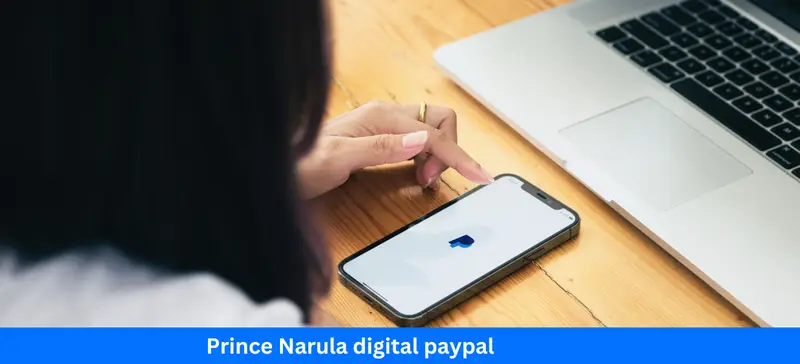

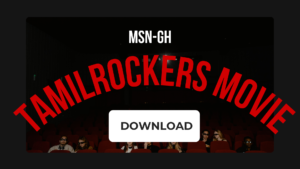
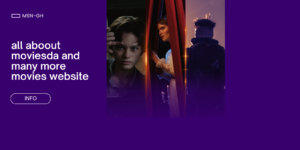


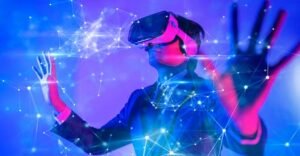
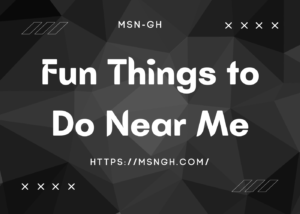
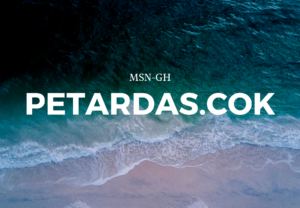
Post Comment